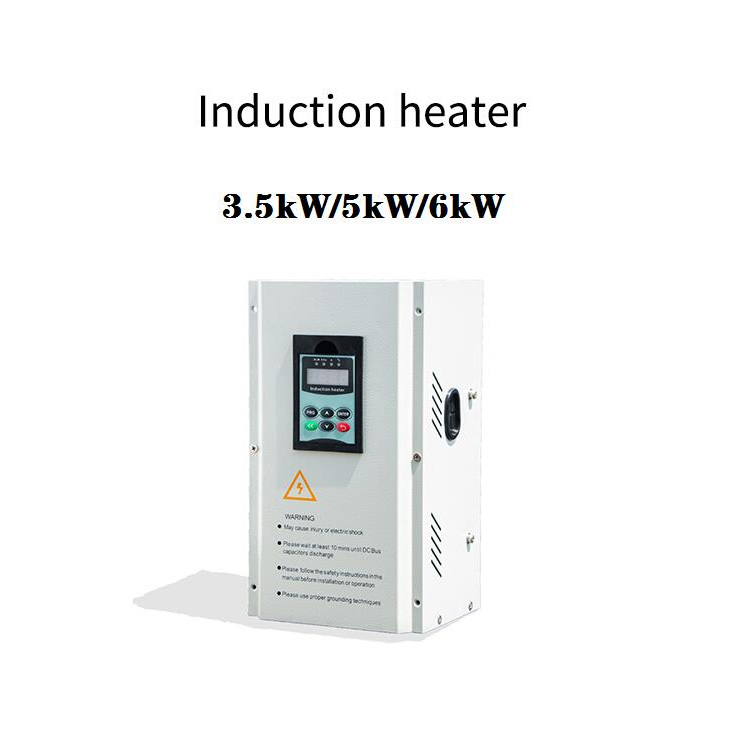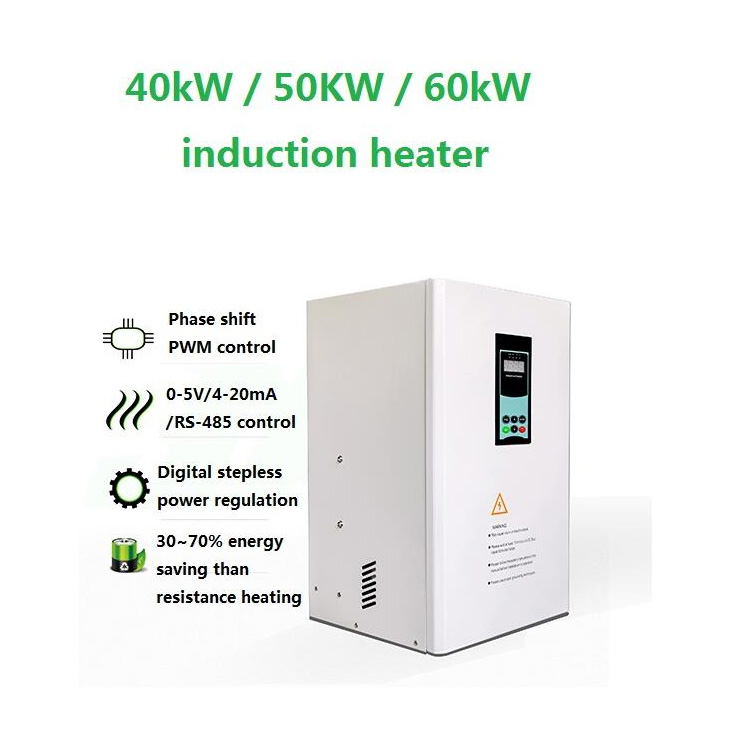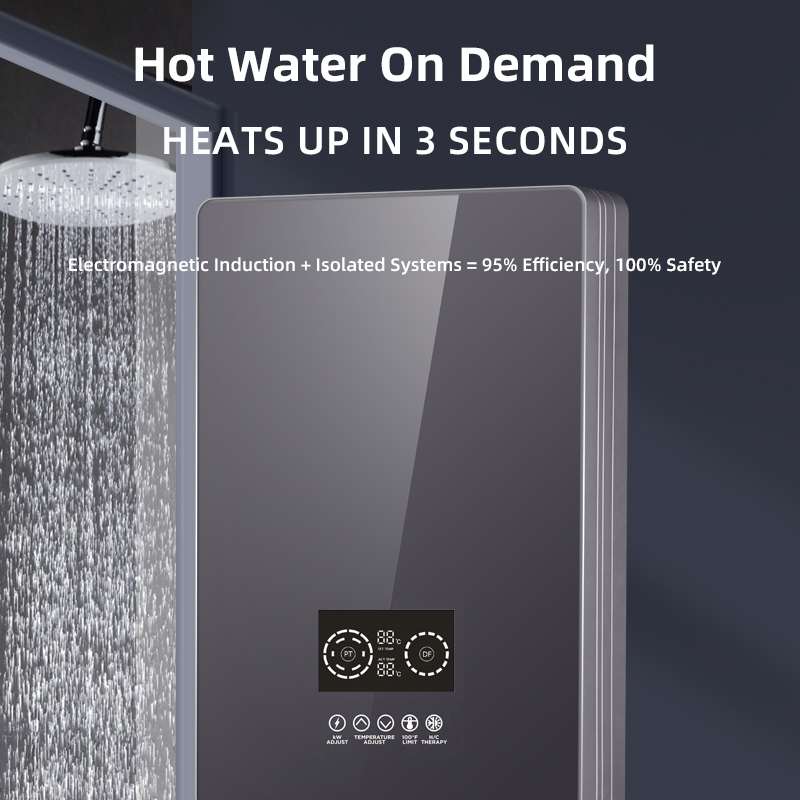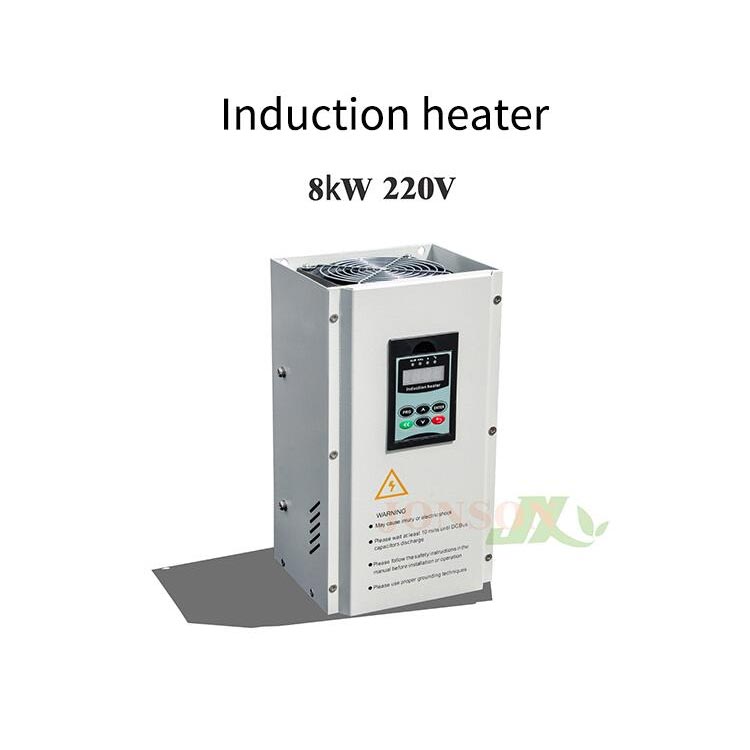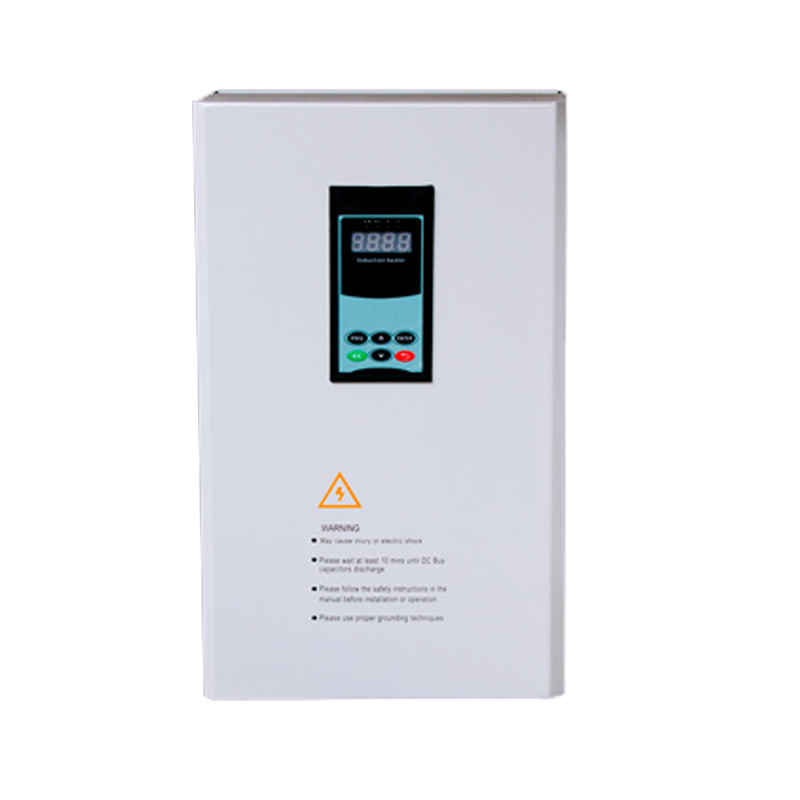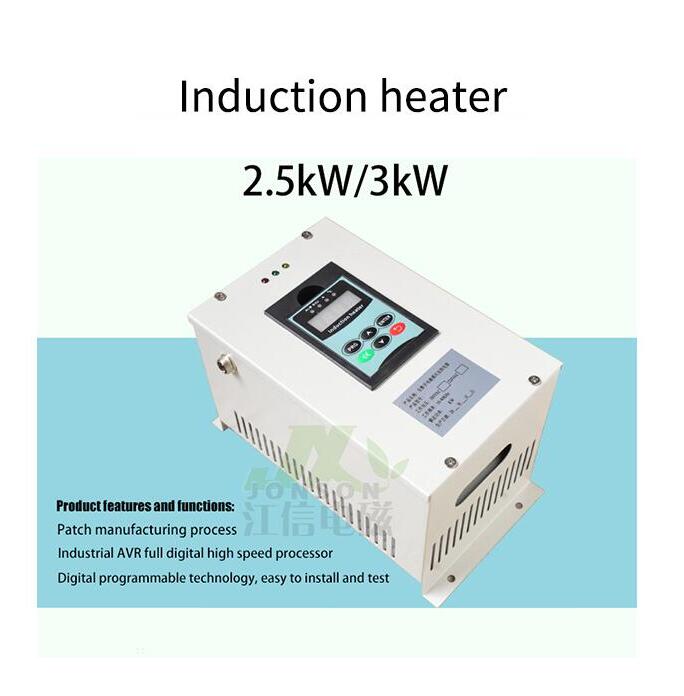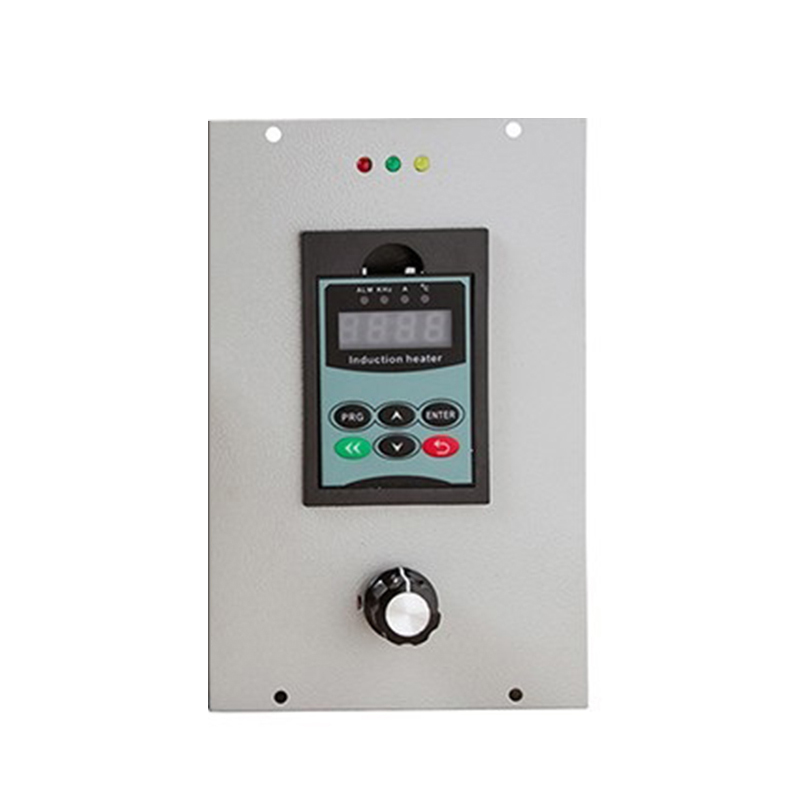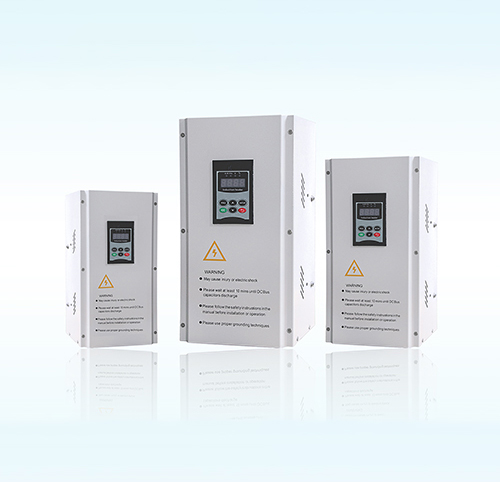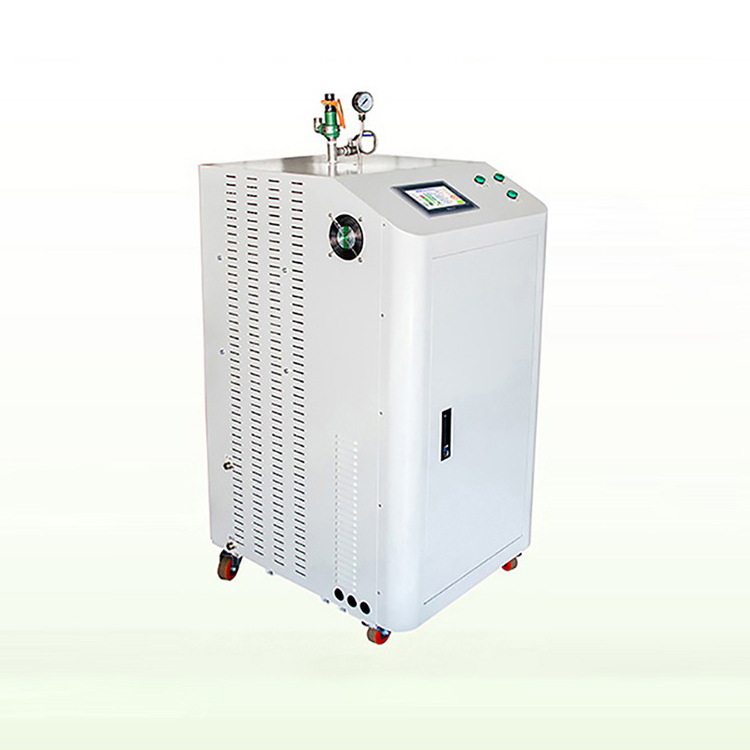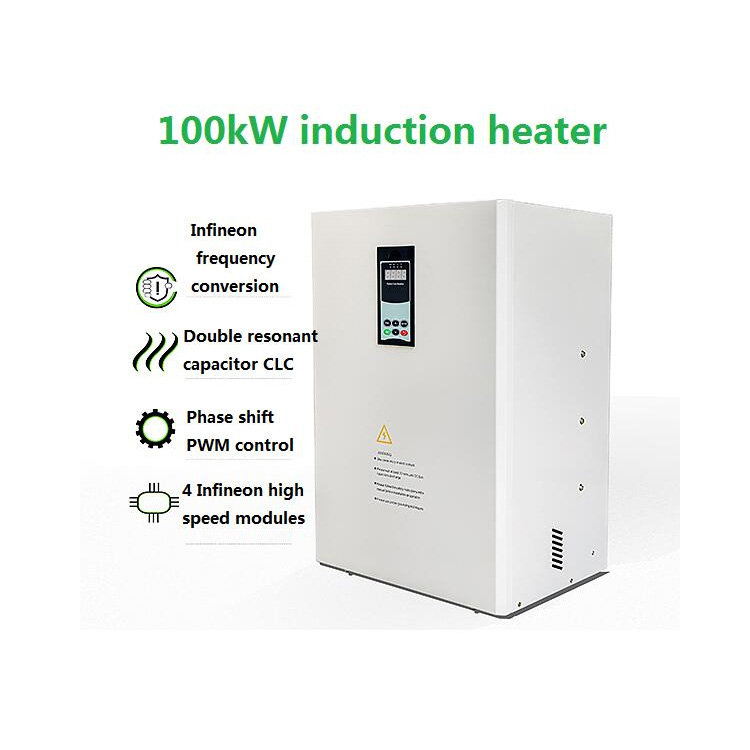In modern manufacturing, welding technology is an important part of ensuring the robustness and service life of the product structure. With the development of precision manufacturing, green production and intelligent technology, induction welding machines have gradually become the first choice welding equipment for various industrial enterprises. Compared with conventional flame welding, brazing or arc welding technology, induction welding machine not only has high efficiency, but also has a significant advantage in welding strength and quality stability. This paper analyzes the expression of welding strength and quality stability of induction welding machine from multiple angles.
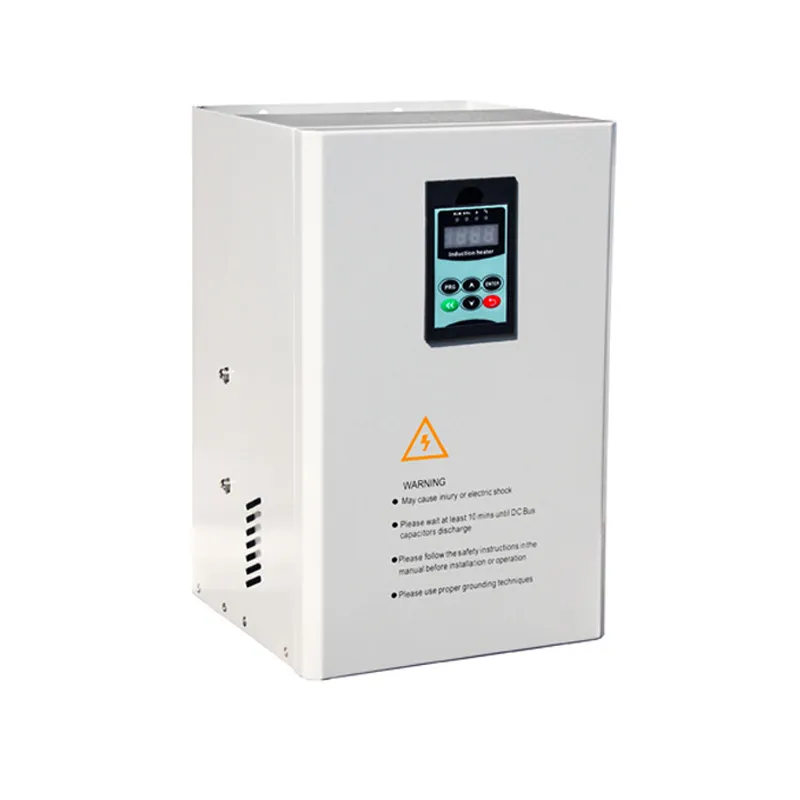
First,overview of operating principle of induction welding machine
Induction welders use a high-frequency electromagnetic induction principle to generate high speed and uniform heat in the welding area. The welded metal workpiece is rapidly heated to the welding temperature under the action of the alternating magnetic field to achieve welding or brazing between the metals. Unlike conventional flame heating, induction heating has the following characteristics:
Non-contact heating: improve welding purity by preventing contaminants from entering the welding bead during the welding process.
Local heating: heat concentrates in the weld area, reducing the impact on base material performance
Rapid temperature rise: the required temperature can be reached within seconds, which greatly improves efficiency.
These features laid a solid foundation for welding strength and quality stability.
Second,advantage of welding strength
1. The combination of welding metallurgy is solid
Induction welding produces a uniform heat field by electromagnetic induction, and a dense metallurgical bond is formed between the solder and the base material. Weld strength is usually close to or close to the strength of the base material to avoid virtual welding or brittleness due to uneven heating in conventional processes.
2. Reduction of embrittlement in heat-affected areas
In conventional welding methods, the base material is prone to tissue roughness at high temperatures, and the strength of the material is reduced. Induction welding, on the other hand, maintains the maximum mechanical performance of the base material due to its small heating range, short time, and small heat-affected area.
3. Avoid mechanical stress concentration
The heating of induction welding was uniform, the cooling rate was controllable, and the stress concentration due to the excessive temperature gradient was avoided, significantly reducing welding bead crack, deformation and other problems.
4. Compatible with high-strength materials
Whether it is stainless steel, high temperature alloy, copper, aluminum and other non-ferrous metals, induction welding machines can achieve strong welding in a short time to meet the high strength application requirements.
Third, the realization of quality stability
1. Temperature can be controlled and welding consistency is strong
Induction welders are equipped with precise temperature control systems that can achieve accurate heating control of ±1 ° c. This ensures that the temperature of each weld matches the height of the process parameters, ensuring stability between weld lots.
2. High degree of automation, reduce human differences
Inductive welding machines usually align with PLC control and robot operation to realize automatic production. Artificial operation error has been greatly reduced, and welding integrity and product pass rate have been improved.
3. The weld surface is beautiful and no secondary processing is required
The heating is accurate, there is no fire, the welding surface is smooth, there is no oxide layer or sputtering, and in many cases no subsequent polishing treatment is required, saving process costs.
4. High examination pass rate
When the products using induction welding pass non-destructive inspection such as ultrasonic inspection and X-ray inspection, the defect rate inside the weld bead is obviously lower than that of traditional technology, and the pass rate can reach more than 98%.
Forth,the application examples of induction welding machines in different industries
1. Automotive industry
It is used for welding automotive engine components, transmission shafts, gears and brake systems. Induction welding not only ensures the high strength of the parts, but also satisfies the reliability under long operation.
2. Electronics industry
In the welding of components such as motor windings and induction coils, induction welding ensures the stability of conductive performance and avoids damage of insulating material due to overheating.
3. Aerospace
Aerospace has extremely high requirements for welding strength and stability. Induction welding is an important technique in the production of important parts, thanks to accurate temperature control and high quality welding.
4. Pipe and hardware tool industry
For welding stainless steel pipes, valves, cutters, etc. Induction welding not only the speed is fast, but also the welding bead is beautiful, can reduce the follow-up processing.
Fifth,important technology to improve welding strength and stability by induction welding machine
1. Intelligent temperature control system
By monitoring the temperature curve in real time, automatic adjustment is realized to avoid overheating and underheating.
2. Frequency matching technology
Depending on the different materials and welding site, choose the optimal frequency range to ensure that the heating effect is optimal.
3. Modular design
Induction welding machines often adopt a modular power supply design, which is convenient for enterprises to flexibly adjust according to product needs and has strong processing adaptability.
4. Optimizing the cooling system
The high efficiency water cooling system ensures the stable operation of the equipment under high frequency continuous operation, thus ensuring welding strength and long-term stability.
Sixth,contrast with traditional welding methods
Compared to flame welding: induction welding has no fire, is safer and more environmentally friendly, while avoiding virtual welding due to uneven temperature.
Compared to arc welding: the induction welding speed is faster, the heat-affected area is small, and it does not damage the material structure.
Compared to laser welding: induction welding costs are low, equipment maintenance is easy, and the sex ratio is high.
Seventh, late quality assurance and maintenance
Even with excellent welding strength and stability, induction welders require reasonable maintenance and ensure long term efficient operation:
Regularly inspect the induction coils to ensure uniformity of heating.
Maintain the cooling system and avoid overheating damage
Maintain power system stability, prevent frequency fluctuations,
It is combined with intelligent monitoring system to realize real-time detection of equipment status.
Summary
Induction welding machine with its non-contact heating, accurate temperature control and automatic operation, in terms of welding strength and quality stability, showed the advantages beyond traditional technology. Whether in the automotive, electronics, aerospace or hardware industries, induction welding can guarantee the high quality and reliability of products. For enterprises pursuing efficient production and long-term development, the choice of induction welding machine is not only a way to improve welding quality, but also an important step to realize intelligent manufacturing and green production.

